| Malta Short Let: Cozy Stay in Gzira | |
|
Sliema Area Modern Designer Finished 2 Bedrooms + Games Room. First floor with Maltese Balcony Large back Terrace with swinging sofa Fully Airconditioned + Full Kitchen 3 TVs, including 65” with backlight. |
 |
|
Book Now: Google Travel | Direct (Cheapest) | Booking.com | Airbnb |
|
The Fascinating History of Sliema: From Fishing Village to Malta’s Coastal Gem
Discover the rich tapestry of Sliema’s history, culture, and modern allure in this comprehensive guide to Malta’s beloved seaside town.
Introduction
Nestled along Malta’s northeastern coast lies Sliema, a town that seamlessly blends historic charm with contemporary vibrancy. Once a humble fishing village, Sliema has transformed into a bustling hub that attracts tourists, digital nomads, and locals alike. But how did this metamorphosis occur? Let’s embark on a journey through time to uncover the captivating history of Sliema.
Early Beginnings: A Tranquil Fishing Village
Long before luxury apartments and bustling promenades, Sliema was known for its serenity. The name “Sliema” translates to “peace” or “comfort” in Maltese, reflecting the village’s tranquil atmosphere. Fishermen cast their nets into the clear Mediterranean waters, and families lived simple lives connected deeply to the sea.
The Knights of St. John and Strategic Significance
The peaceful existence of Sliema was disrupted during the Great Siege of 1565. The Knights of St. John, who governed Malta, faced an immense threat from the Ottoman Empire. Recognizing Sliema’s strategic position across Marsamxett Harbour from Valletta, the Ottomans established encampments in the area. Fierce battles ensued, and although the Knights ultimately emerged victorious, the siege left an indelible mark on Sliema’s history.
British Rule and Transformation
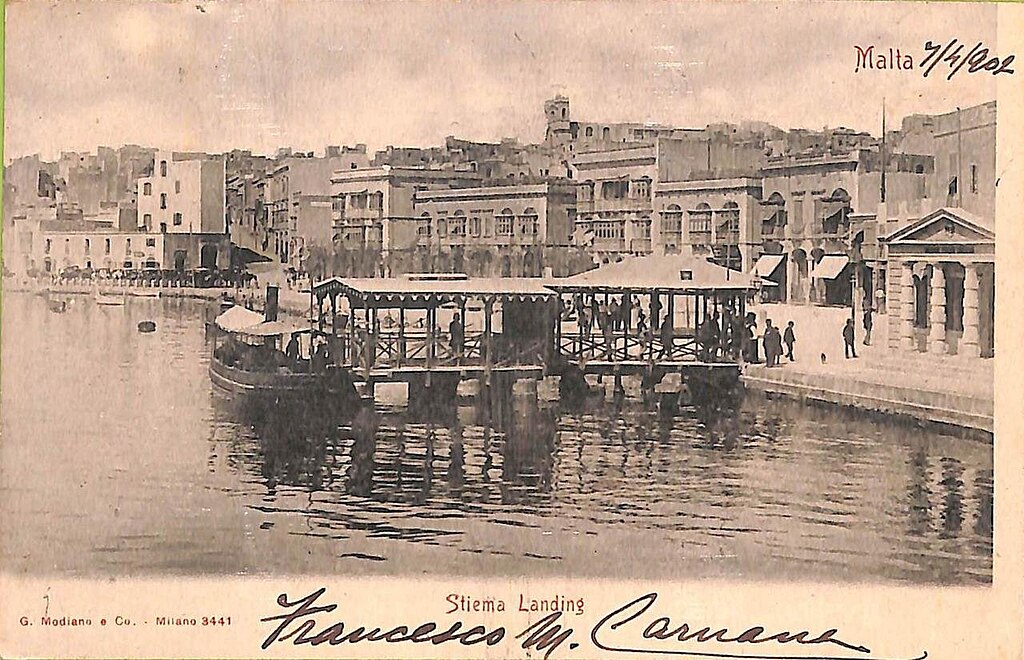
Arrival of the British
In the early 19th century, Malta became part of the British Empire. The British recognized the island’s strategic importance and began developing it as a naval stronghold. Sliema, with its prime coastal location, quickly gained attention.
Construction of Fort Tigné
One of the significant developments was the enhancement of Fort Tigné, originally built by the Knights of St. John in the late 18th century. The British fortified it further, turning it into a formidable defense point guarding the entrance to Marsamxett Harbour. The fort’s star-shaped design was considered advanced military architecture of its time.
Emergence as a Summer Retreat
As the 19th century progressed, Sliema evolved into a fashionable summer resort. British officials and affluent Maltese built elegant villas and townhouses along the coastline. Streets were named after British governors and nobility, such as Norfolk Street and Windsor Terrace, showcasing the cultural influence of the period.
Looking for the perfect place to stay in Sliema?
Here are our two recommended short stays in Sliema:
- Sliema Apartment: A charming one-bedroom apartment featuring a traditional Maltese balcony, comfortable sofa, three TVs, air conditioning, and high-speed internet. It’s the perfect blend of comfort and authenticity. Book your Sliema rental apartment today.
- Gzira Apartment: Located in the neighboring town of Gzira, this designer-finished two-bedroom apartment boasts a 65″ TV, Maltese balcony, a fully equipped kitchen, back terrace, internal yard with a beautiful mural, and reliable internet access. Ideal for those seeking luxury and convenience. Book your Gzira rental apartment today.
Manoel Island: A Strategic Outpost
Adjacent to Sliema is Manoel Island, another significant site during British rule. The island was fortified and used for military purposes, including as a naval base and hospital. It was off-limits to the Maltese public, adding an air of mystery. The presence of British ships and troops in the area emphasized Malta’s strategic military importance in the Mediterranean.
World War II and Its Aftermath
The Impact of War
During World War II, Malta’s strategic position made it a target for Axis powers. Sliema faced heavy bombardment, leading to significant destruction. Buildings crumbled, and residents sought shelter from relentless air raids. Despite the devastation, the community’s resilience never wavered.
Rebuilding and Modernization
Post-war reconstruction brought modernization. Sliema began to rebuild with a new architectural vision. Traditional Maltese houses stood alongside modern apartments, reflecting a blend of the old and the new. The town expanded, and infrastructure improved, setting the stage for its future as a commercial and residential hub.
Ready to experience Sliema for yourself?
Book your stay at one of our recommended apartments: Sliema Apartment: Check it out or the Gzira Apartment: Check it out
The Vibrant Youth Culture of the 1950s and 1960s
The mid-20th century was a golden era for Sliema’s youth culture. The town became a magnet for young people across Malta, drawn by its beaches, entertainment venues, and social scene.
A Hub for Socializing
Iconic spots like The Chalet—an open-air dance pavilion built on the water—were popular gathering places. Here, live bands played, and dances were held under the stars. The beaches, such as Fond Għadir, were filled with friends enjoying the sun and sea. This period was characterized by a spirit of optimism and modernity.
Sliema Today: A Modern Coastal Hub
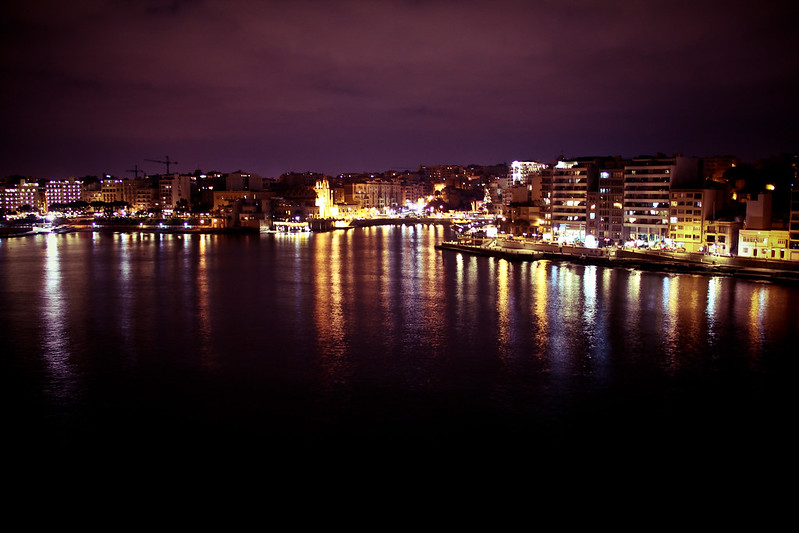
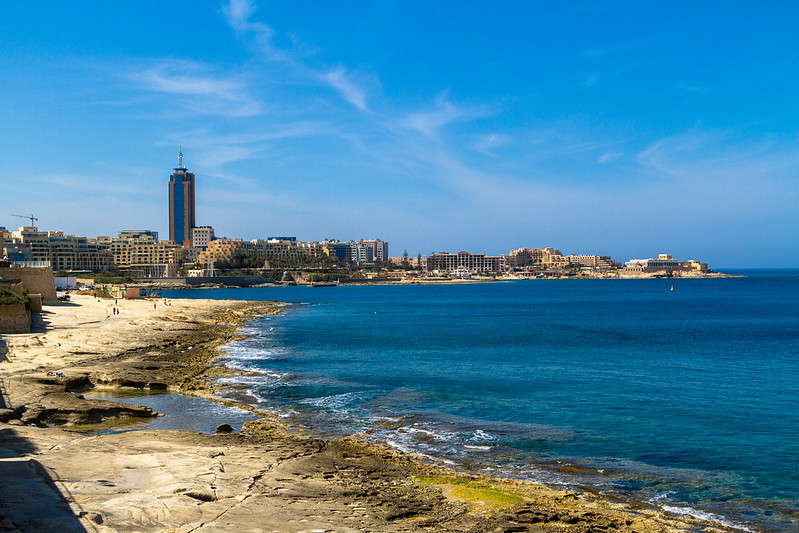
Photo Credits : Malcolm Debono and Cezary Borysiuk
A Digital Nomad’s Paradise
In recent years, Sliema has become a hotspot for digital nomads. With reliable internet infrastructure, co-working spaces, and a vibrant international community, it’s an ideal location for remote workers. The blend of business amenities and leisure activities makes it attractive for those combining work and travel. Discover more about Malta for digital nomads.
Scuba Diving and Water Sports
The clear Mediterranean waters around Sliema offer excellent opportunities for scuba diving and other water sports. Dive schools cater to both beginners and experienced divers, providing access to shipwrecks and underwater caves. Learn more about scuba diving adventures in Malta.
Wine Bars and Culinary Delights
Sliema boasts a thriving culinary scene with numerous wine bars and restaurants. Visitors can enjoy local Maltese wines, including varieties like Girgentina and Gellewza. These establishments offer a relaxed atmosphere perfect for unwinding after a day of exploration. Embark on a journey through Malta’s wine culture.
Cultural Attractions and Activities
Historic Sites
Sliema is home to several historic churches and buildings that reflect its rich past. Walking tours offer insights into the town’s evolution, from ancient times through British rule to the present day. Consider a self-guided tour to explore Malta’s hidden gems.
Outdoor Adventures
Beyond the urban landscape, Malta offers a variety of outdoor activities accessible from Sliema, including rock climbing and mountain biking. The island’s rugged terrain and scenic routes cater to adventure enthusiasts. Find out more about outdoor adventures in Malta.
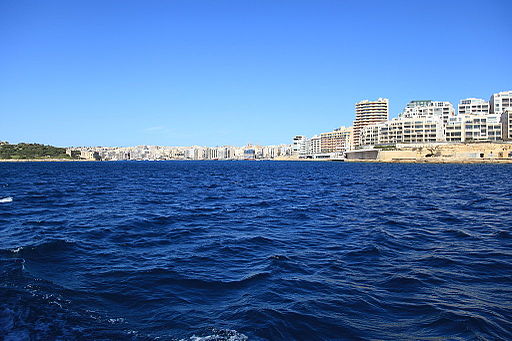
Phoito Credit : WikiMedia Commons
Day Trips and Exploration
Sliema serves as a convenient base for exploring the rest of Malta. With excellent transport links, visitors can embark on day trips to historical sites, beaches, and neighboring islands like Gozo. Check out 20 day trips from Sliema and Gzira.
Planning your travels? Don’t miss our 85 best travel tips to make the most of your journey around the world. Read more here.
Conclusion
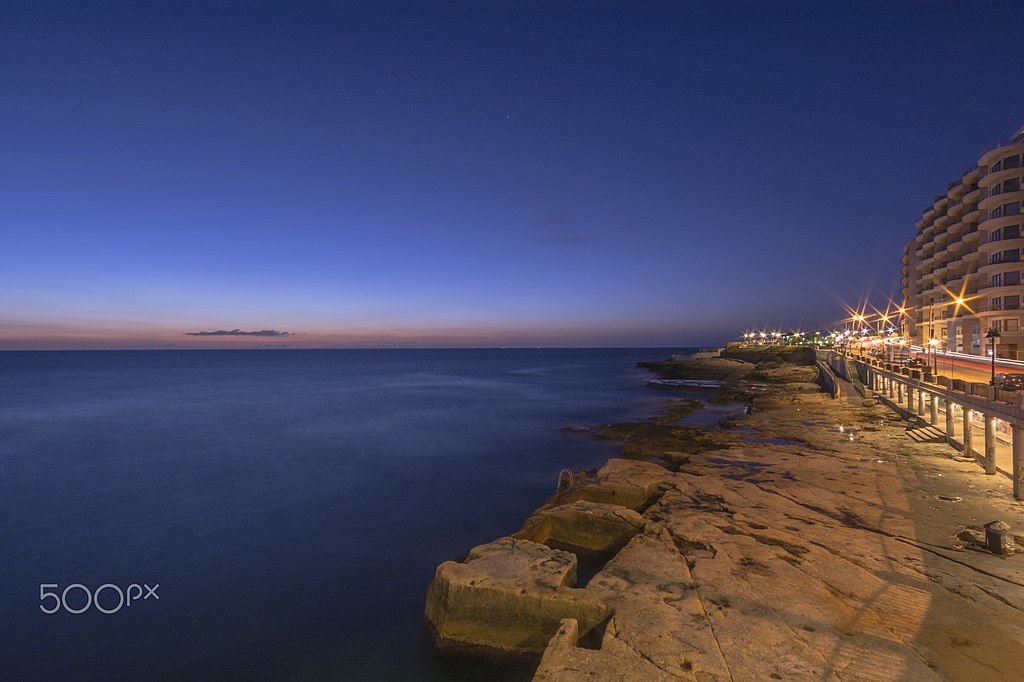
Photo Credit: Wiki Media commons
From its origins as a peaceful fishing village to its current status as a vibrant urban center, Sliema embodies the dynamic spirit of Malta. Its rich history, cultural heritage, and modern amenities make it a must-visit destination. Whether you’re a history buff, adventure seeker, digital nomad, or simply looking to relax by the sea, Sliema offers something for everyone.
Consider our two favourite accommodations in either Gzira or Sliema
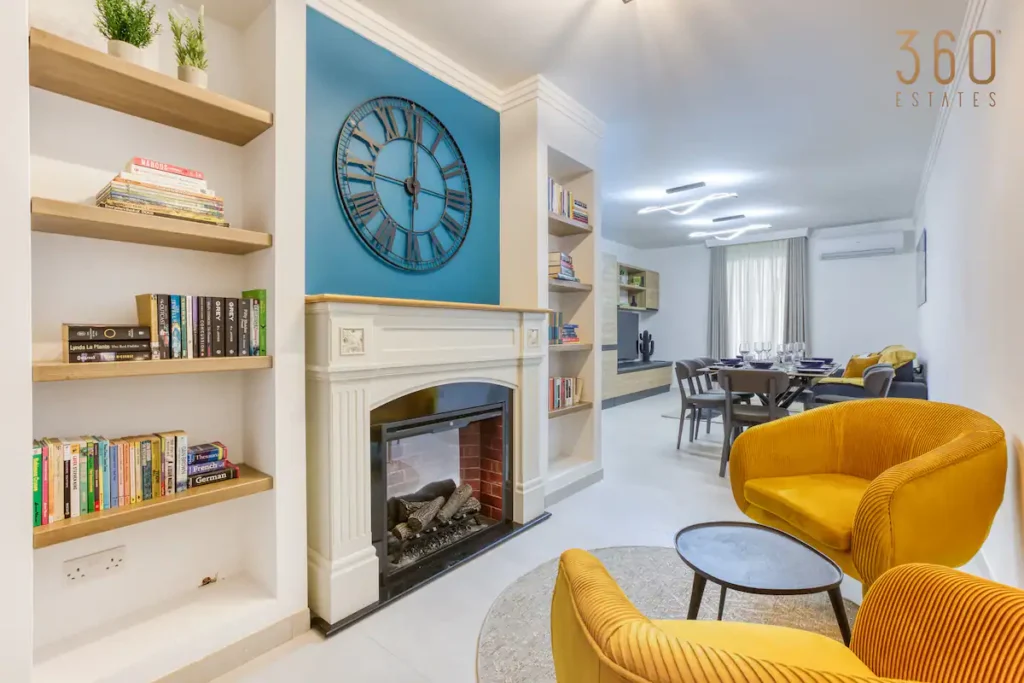
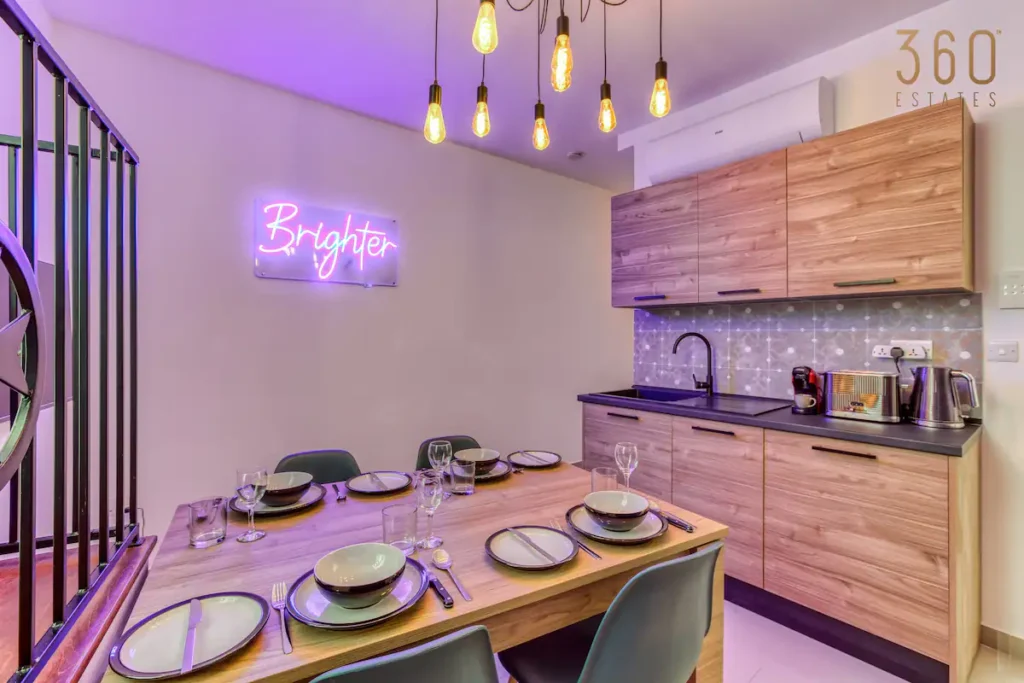
Embark on an unforgettable journey to Sliema, where the past meets the present in the heart of the Mediterranean.







